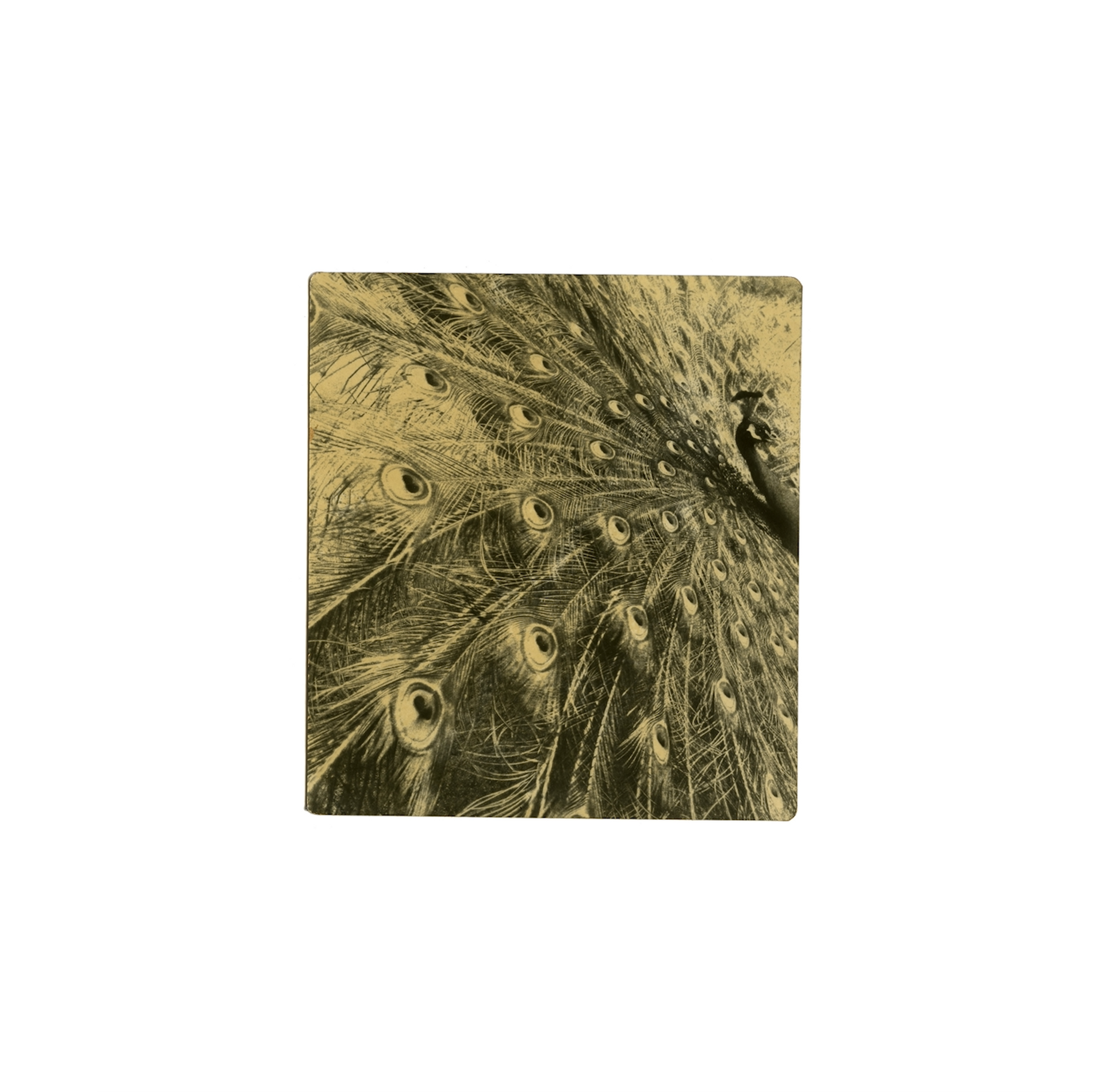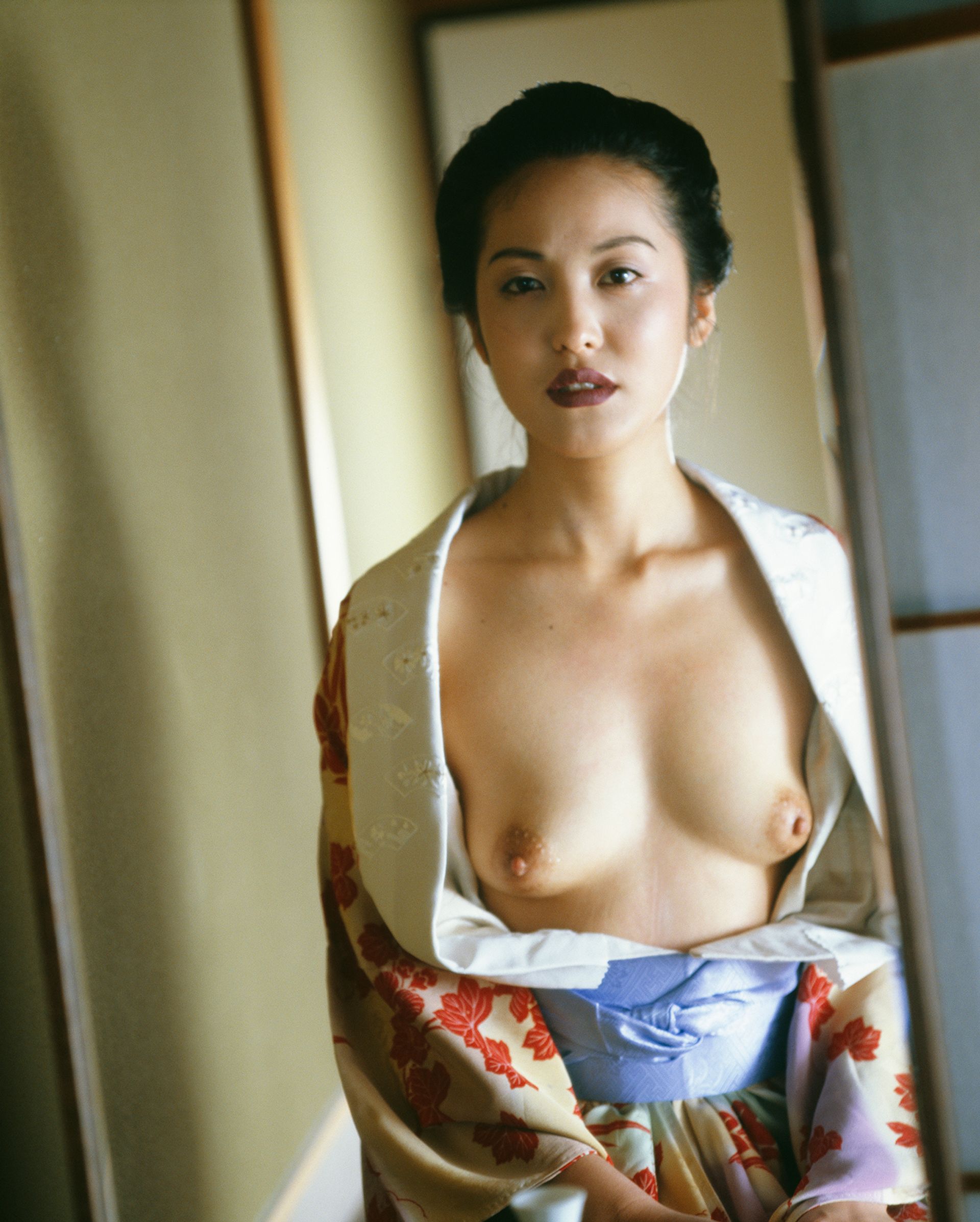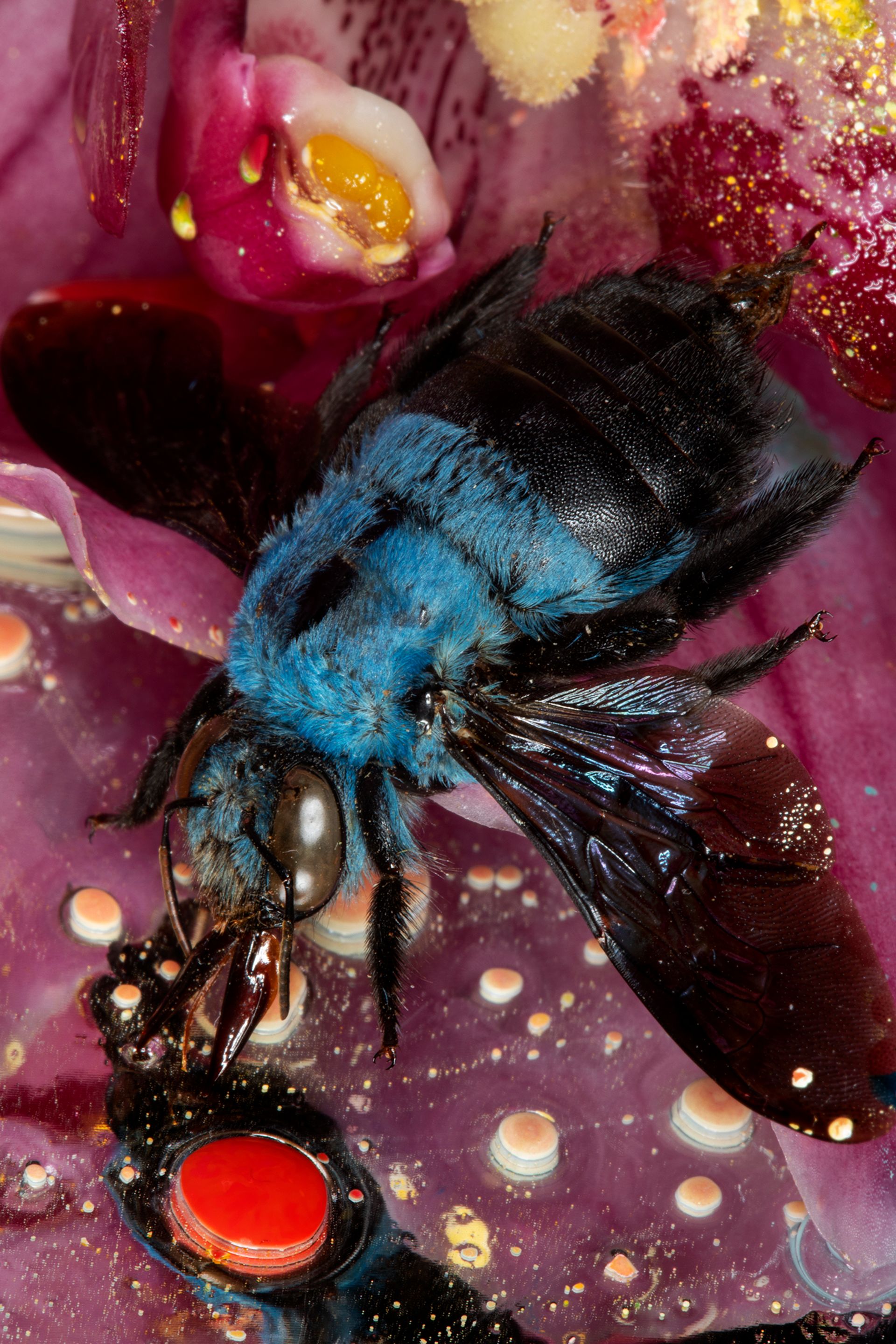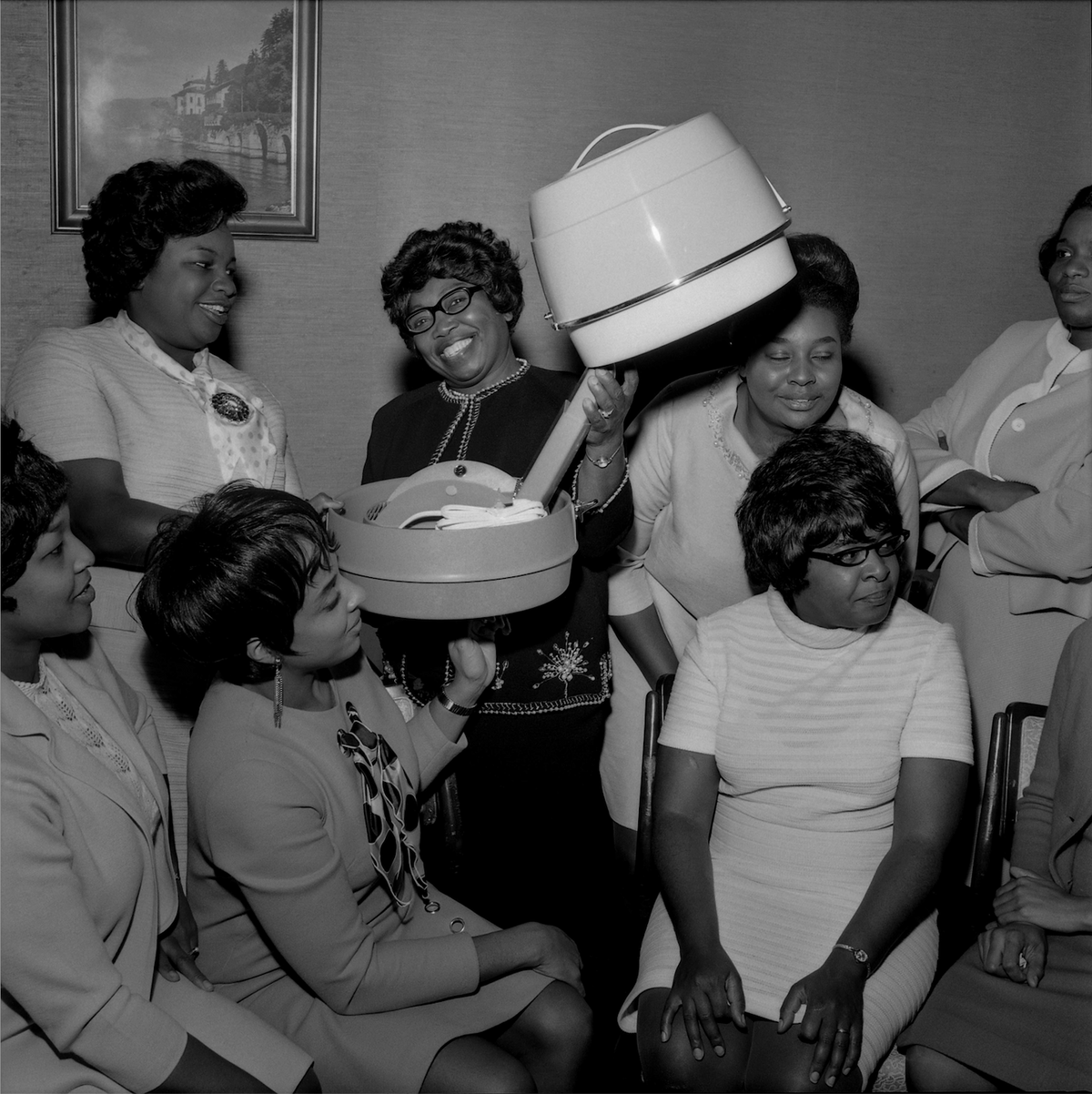At art fairs large and small, photography is often the marginalised medium. Employed as a vernacular language by the upcoming generation, it is still regarded as the plucky outsider by the art world elite.
Frieze London and Art Basel were both noticeable this year for the absence of the photographic image, with only an occasional grain or pixel scattered among the paint.
But, under sunlit Parisian skies, the thronging crowds that queued for the opening of Paris Photo found, in the hallways of the new Grand Palais Éphémère, a whole range of innovative and distinctly of-the-moment works never before available for sale.
Two things stood out from the array of work the exhibitors at the fair collectively decided to show. First, photography is increasingly a woman’s game, with a pointed amount of new work created by women exploring the protean experience of femininity evolved from the male gaze. Secondly, this year's Paris Photo underlines—in thick marker pen—a fact that photography aficionados have discussed for some time: that artists from Japan, old and new, continue to drive the change and set the standards in this most shapeshifting of artistic mediums.

Mino Kajioka’s gelatin silver print #0014 (2021) © Miho Kajioka, courtesy Polka Galerie
This is never more apparent than in the sublime work of Miho Kajioka, a relatively new name in Japanese photography circles, but backed by both Ibasho Gallery, Antwerp, and Polka Gallery, Paris, with small prints of her work on sale for as little as €950.
Kajioka, 48, spent the first chapter of her career working as a news journalist. But the earthquake and tsunami that devastated Japan in 2011 sparked a commitment to photographic art. Two months after the disaster, Kajioka was reporting from the coastal Japanese city of Kamaishi, where more than 800 people died.
Amid the news gathering, she found herself staring at the growth of wild roses as they bloomed beside the gutted ruin of a building, while an ostentation of peacocks continued their courting in the devastated streets of the town. She presents her photographs as a “cloud”—a salon hang of exquisite darkroom prints that represent, like half-caught dreams, visions of Japanese natural life, birds, clouds, domestic and feral animals and plants, all attesting to the way life goes on, beauty returns and things continue to grow, even amid hopeless destruction.

Hiroshi Sugimoto’s Opticks 068 (2018) © Hiroshi Sugimoto; courtesy of Fraenkel Gallery
Towards the other end of the fair's price range, San Francisco’s Fraenkel Gallery is selling a rare edition of one from Hiroshi Sugimoto’s Opticks, the celebrated Japanese photographer’s most recent series that he began in 2018. This large-scale image, on sale here for €250,000, is a pure study of light, realised with sublime technical precision. Using Newtonian science, Sugimoto pushes light through a huge optical glass prism before photographing the refracted colours with a Polaroid camera. Here, green turns to yellow on the slow exposure in increments and gradations barely legible by the naked eye, creating a Rothko-esque wash of pure elementary colour.
Paris and Tokyo have long shared a mutual fascination, and many European gallerists here have on their stands images by the Japanese post-war doyens of the Provoke era. Prints by Takuma Nakahira, Miyako Ishiuchi and Daidō Moriyama are all visible and on sale, but, as always, it’s Nobuyoshi Araki’s bondage images, on sale at London’s Michael Hoppen Gallery, that insistently draw the most attention.
Hoppen is showing prints depicting Kinbaku-bi, Araki’s visual inversion of the Japanese art of bondage. Kinbaku literally translates as the beauty of tight binding, and Araki’s graphic depictions of nude Japanese women trussed up with ropes have always, from the time of their creation, sparked hostility. In Japan, authorities have long fought to censor Araki’s work, and he’s been dismissed endlessly in the East and the West, as nothing more than a misogynistic purveyor. No doubt some visiting Paris Photo this weekend will have a comparable reaction. And yet these images are bound to endure. Just like Jean-Luc Godard and Paris’s nouvelle vague, or John Lydon and London punk, Araki is the epitome of the taiyōzoku or “sun tribe” movement—the rejectionist Tokyo youth culture that exploded into Japanese consciousness in the late 1950s. If you want to invest in a sure bet, Araki is as copper-bottomed as photography comes.

Nobuyoshi Araki’s Suicide in Tokyo (1994) © Nobuyoshi Araki; courtesy of In Camera Galerie
Photography’s newest voices belong in Paris Photo’s Curiosa section which, this year, is curated by Shoair Mavlian, director of the Brighton-based organisation Photoworks and a former curator at Tate Modern. And it is here that female voices come to the fore.
London photographer Maisie Cousins’s kitsch, sweaty, hyper-saturated photographs of female bodies and tropical plants are on show at TJ Boulting’s stand, while Webber Gallery is displaying a new body of work by American artist Zora Murff, an unflinching yet often nuanced study of how white supremacy continues to disturb the fates of America’s Black citizens, with portraits of Black American women often used as the vessels for his message. Another new voice, one who has never before exhibited in Paris, is Gosette Lubondo, a 28-year-old female photographer from the Democratic Republic of the Congo who has photographed a once elite school for the children of Belgium colonialists. The site, now abandoned, has been repurposed by Congo youth — a telling yet partially concealed comment on the legacies of foreign occupational rule.

Maise Cousins’s Blue (2020) © Maisie Cousins, courtesy of TJ Boulting
But the pick of the new voices on show is likely the London-based, Valencia-born photographer Almudena Romero, winner of the BMW Residency. Romero’s series The Pigment Change, created during a residency at the GOBELINS School of Visual Arts, Paris, as part of the award, is a multivalent testament to her own history, to the nature of the medium and the ephemeral coming and going of our shared time on this planet.
For Romero creates live works—organic photographs that are born, and will die, over the course of the fair.
Romero grew up helping her grandmother in her garden, a haven of lush plants inspired by the nitrate content of Valencia’s water. A portrait of her grandmother, who died on the opening day of Romero’s Rencontres d’Arles exhibition this year, is visible in the photographs of today, surrounded by her family. Yet the image itself is visible through a huge bed of cress; the plants themselves, in tiny increments of green, tracing the details of her grandmother’s face. For Romero has worked out how to create photographic images via photosynthesis—literally turning plants into photographs, or photographs into plants.

Almundo Romero’s The Pigment Change (2021) © Almudena Romero; courtesy of BMW/Florian Leger/Share & Dare
Romero is in good company. To create her works live in Paris, she had to bring seeds to Paris from London. But, when arriving at the Eurostar to embark on perhaps the biggest chapter of her career, she was barred from travelling with the seeds; post-Brexit regulations forbade her from bringing watercress seeds into the EU. So Romero returned to her London studio, bought some travel pillows, unstitched their lining and stuffed them with seeds. She smuggled the cress into Paris, relaxing on her travel pillows as the train sped through the Channel Tunnel.
This, then, is guerrilla art, brilliantly executed. Collectors were snapping her work up before the fair officially opened—expect these short-lived creations to have a long existence in the art world.


